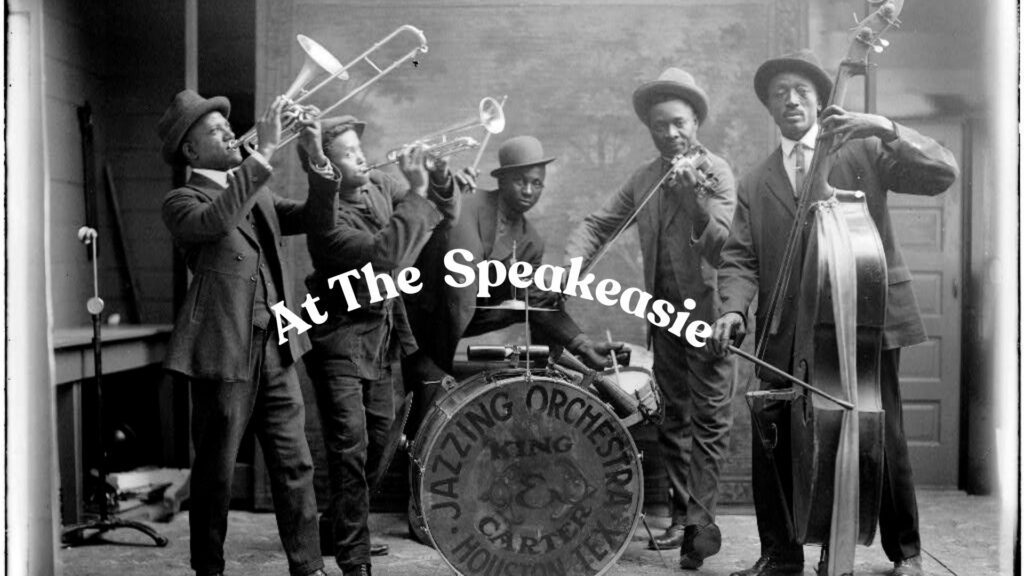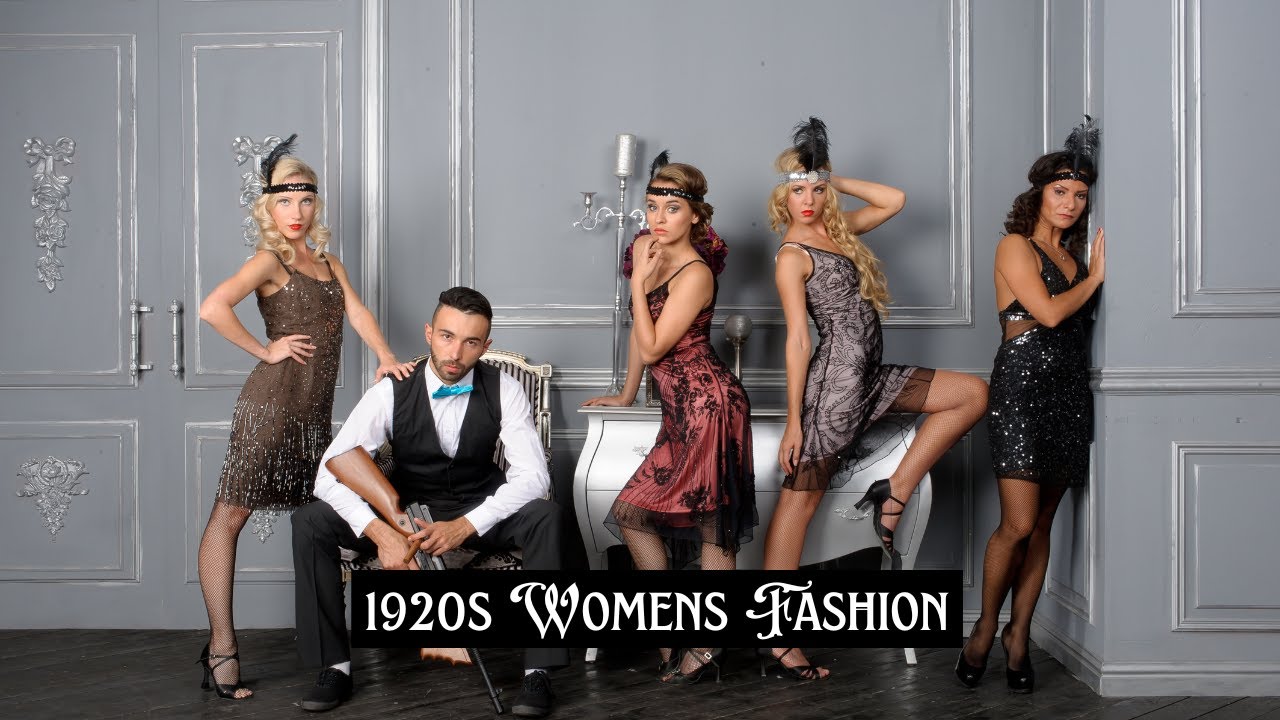Bringing Back Menswear In The 1920s For Today's Fashion
Home » Menswear In The 1920s

Menswear in the 1920s: When you think of the 1920s, what comes to mind? Jazz, Prohibition, the Charleston—and, of course, fashion! The decade known as the Roaring Twenties, characterized by economic growth, cultural shifts, and social changes, laid the foundation for modern menswear as we know it today.
After the end of World War I, the world entered a time of prosperity and optimism, marked by rapid urbanization, technological advancements, and a new cultural dynamism. The decade saw an explosion of creativity and freedom, impacting not just fashion but also music, art, and everyday life. Let’s dive into what made 1920s men’s fashion iconic, its evolution through the decade, and even debunk some myths about the era.
The Path Is Paved With Jazz and Speakeasies

Jazz music became the soundtrack of the period, thanks to inventive artists such as Louis Armstrong and Duke Ellington, who transformed social gatherings into colorful, dynamic events. Speakeasies and nightclubs were cross-class meeting places where people shared dance floors and cultural experiences. This rebirth in culture didn’t just happen in the US; it changed dress and way of life all over the world.
In the 1920s, fashion wasn’t just about clothes; it was also about breaking free from the rules of the past and showing how free you felt. This meant that men had to switch from the stiff, heavily structured clothes of the Edwardian era to outfits that were more casual and stylish. Men were urged to wear a wider range of clothes and try new styles. Sharp clothes with a more casual grace made it possible for more people to follow the fashion trends of the time. Men’s fashion started to take ideas from various groups and countries, showing how the world is becoming closer together.
How 1920s Menswear Shaped Modern Fashion
The 1920s were a great time for men’s clothing because it was both stylish and practical. Tailored clothes, which cleverly combined structure with the increased freedom of movement, became the mark of a smart man. Straight-cut suits with high-waisted pants created a slender shape that became fashionable. Influence from the silver screen was unmistakable. Hollywood stars like Rudolph Valentino and Charlie Chaplin weren’t just entertainment icons; they were fashion trailblazers who set trends with every film. I mean, who wouldn’t want to dress like the dashing heroes of that time? This era saw men adopting more adventurous styles, with actors inspiring both everyday and formal wardrobe choices.
Fabrics played a pivotal role too. The use of materials like wool, tweed, and even lighter fabrics such as linen indicated a shift towards a focus on comfort in fashion. Bold patterns like pinstripes, houndstooth, and checks gave a playful yet sophisticated edge to traditional attire, making it easier for men to express personality through clothing.
Formal tones of gray and black were no longer the only acceptable colors. Earthy tones and lighter shades came on the scene, in part because of better ways to dye fabrics and a greater openness to change.This new palette was colorful yet elegant and sophisticated, unique to this age.
In order to complete menswear in the 1920s style, accessories were more than just extras.From the shiny leather of brogues to the smartly tilted fedora, every piece found its perfect spot. Hats were more than just a necessity; they were a symbol of style and status. And let’s not forget the pocket watch, a reflection of the personal and professional image of punctuality and class.
Understanding these key elements of 1920s fashion helps us understand the social forces that shaped personal and professional dress. If you’re trying to rock a genuine 1920s appearance today, this information is very important.
Related Content: What Is The Difference Between Nostalgia And Antique?
Changes in Men's Style During the Roaring Twenties
The shift in men’s fashion during the 1920s was as dynamic as the decade itself. Instead of formality, the 1920s brought comfort and a pragmatic approach that’s still relevant today. Social developments, notably World War I, fueled a demand for change and simplicity in daily clothing.
Men’s clothing adopted a more relaxed fit, as comfort became a priority. Gone were the days of stiff collars and overly structured suits. Looser cuts, softer materials, and a more laid-back style were popular during this time. Economic changes required using more practical, inexpensive materials to increase manufacturing efficiency, which encouraged such changes.
Sportswear became a key player in the fashion landscape, breaking the boundary between leisure and formal wear. The polo shirt, which was a more casual version of the standard dress shirt, was influenced by athletics. During this time, clothes that could be worn to work and for fun were created. This represented a big change that most people were excited about.
The cultural context also encouraged males to express themselves more creatively via fashion. Styles no longer just reflected social roles but also showed who you were and how you lived. Changes in clothing styles made it possible to wear a wider range of colors and styles, which was a departure from the norm. This was a time when personal style started to matter more than following strict fashion rules.
The 1920s taught males how to use fashion as a method of self-expression due to this blend of style and substance. Seeing these changes helps us figure out where modern clothing came from and why some of the decade’s styles are still popular today. Whether you’re creating a retro style or studying fashion history, the 1920s show how clothes can reflect the era.
More interesting content: 1920s Women’s Wear: From Flapper to Fabulous

Busting Myths: Uncovering Hidden Facts About 1920s Style
The 1920s demonstrate how garments can represent the period, whether you’re wearing vintage or researching fashion history. One major misconception is that all men dressed like gangsters from a 1920s mob movie. The classic picture of guys in pinstriped suits brandishing Tommy guns is not true of the typical person back then.
People often think that men’s fashion was just as flashy and extravagant as women’s because the flapper style gets so much attention. In reality, most men wore simple, useful clothes that were great for their busy daily lives of work and social responsibilities. Instead of making a big statement, use soft colors and simple designs.
Another common misunderstanding is about color palettes. Some movies like to show the time in only black and white, but because early movies didn’t have color, the real world was much more lively. While neutrals were popular, blue, brown, and pink added some color to the daily clothing.
Fabrics often get misrepresented too. The 1920s saw a variety of fabrics, not only rough, heavy ones. People liked wool and flannel, but men started to wear lighter fabrics like linen in the summer, which were better for comfort in warmer weather.
Back in the day, accessories totally added to these myths. Even though fedoras and pocket watches are totally iconic of the twenties, not everyone wore them all the time. Due to wartime military employment, timepieces were wristworn rather than pocketed; however, pocket watches still had an old-fashioned appeal.
Getting a grip on these myths makes it easier to see just how cool and useful real 1920s menswear can be. It clarifies historical fashion and gives us a better grasp of period style, allowing us to appreciate vintage themes today.
Conclusion
Menswear in the 1920s was more than just fashion—it was a reflection of a dynamic, evolving society. From tailored suits to bold accessories, this era’s style continues to inspire modern trends. Whether you’re looking to recreate a vintage look or simply appreciate history, the 1920s offer a treasure trove of sartorial inspiration. So, which 1920s style are you ready to try?
